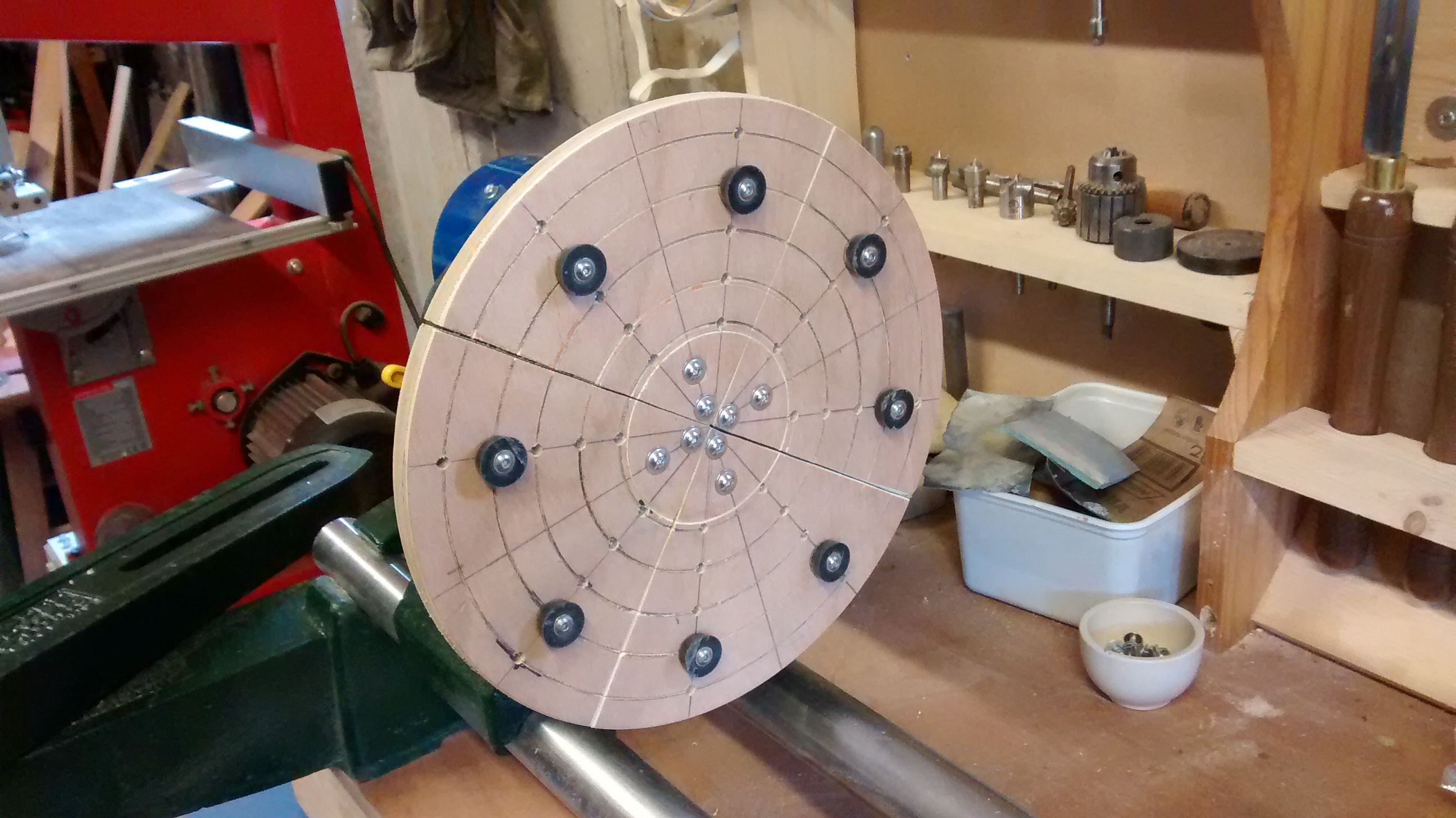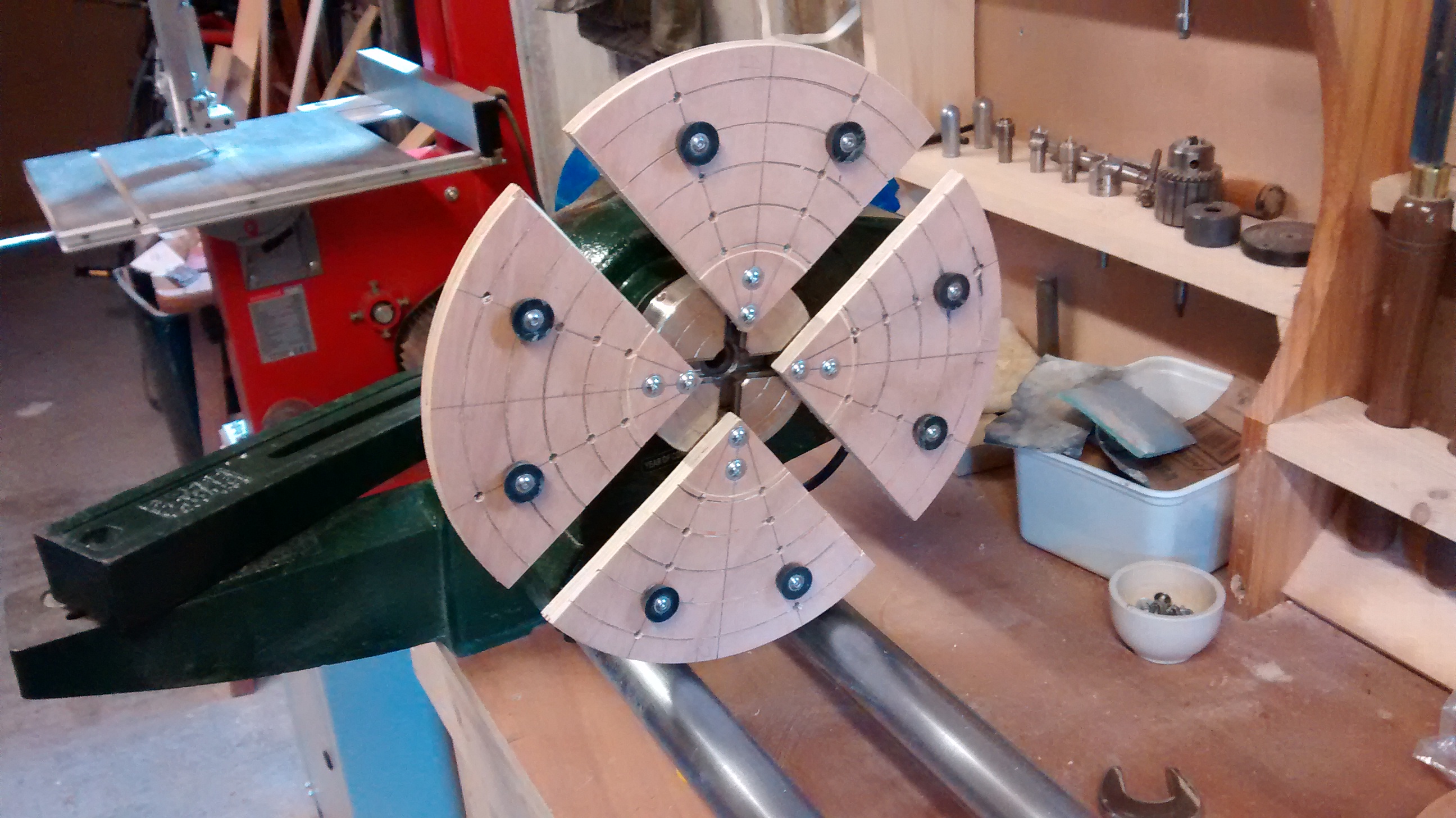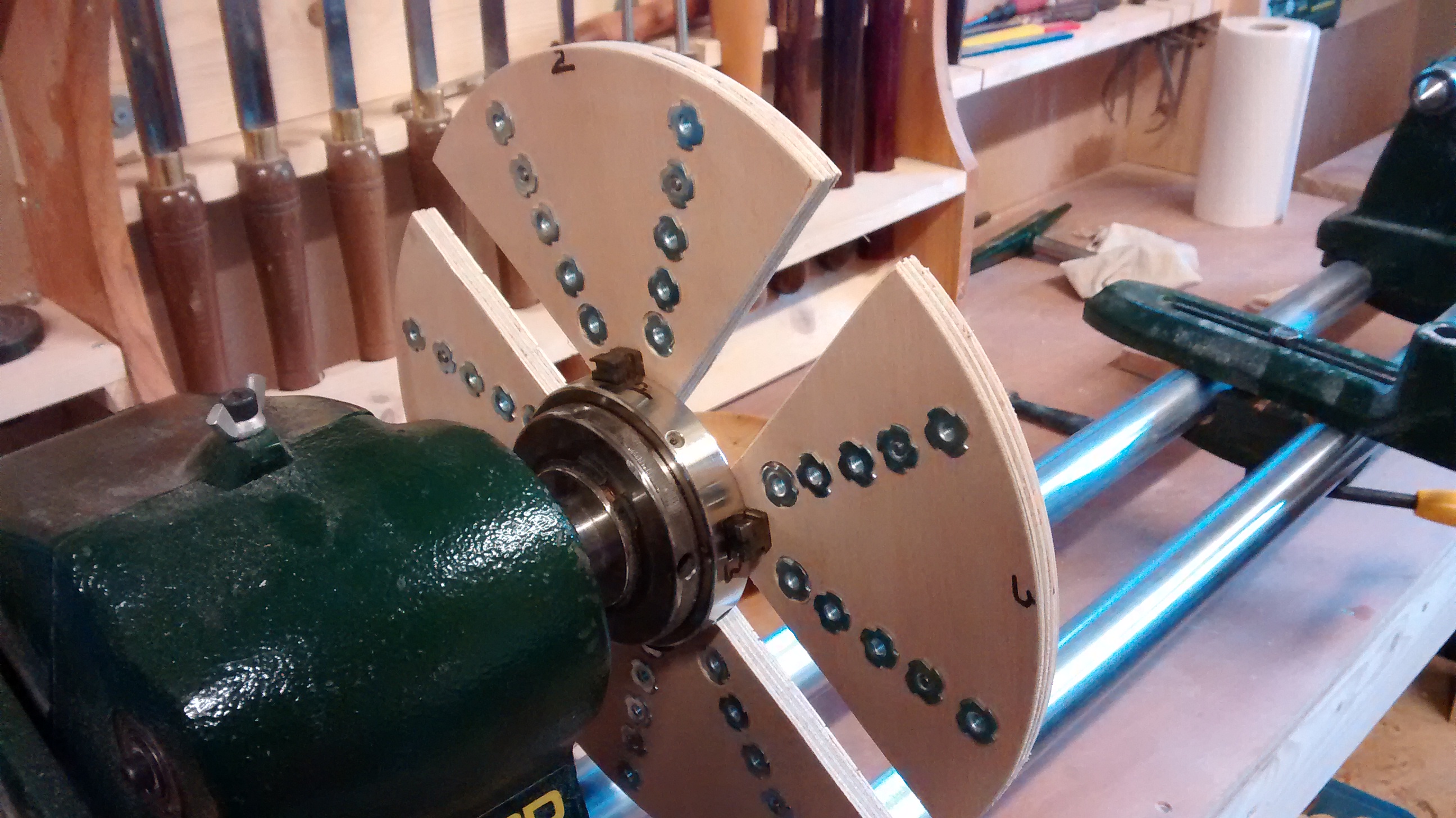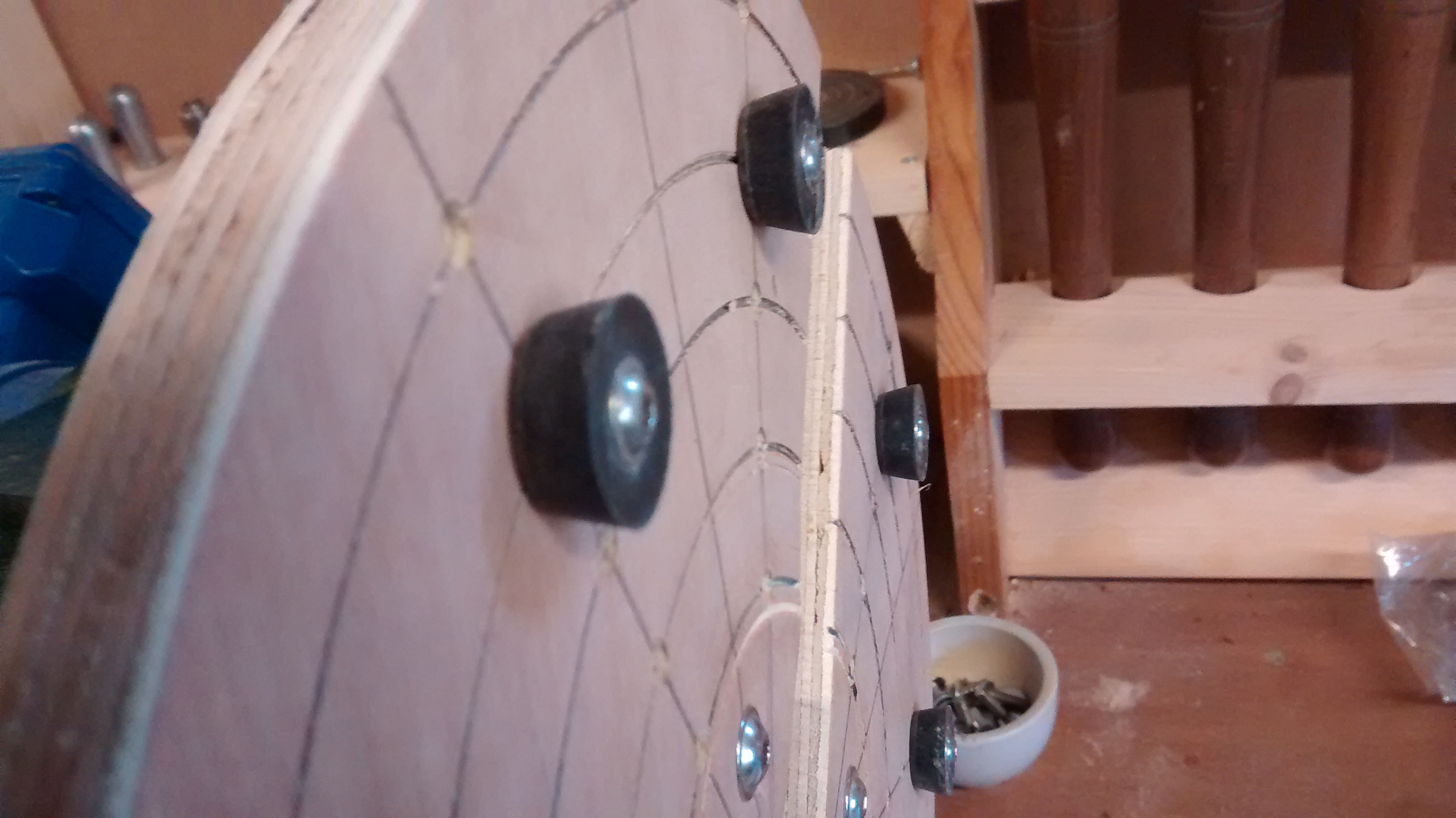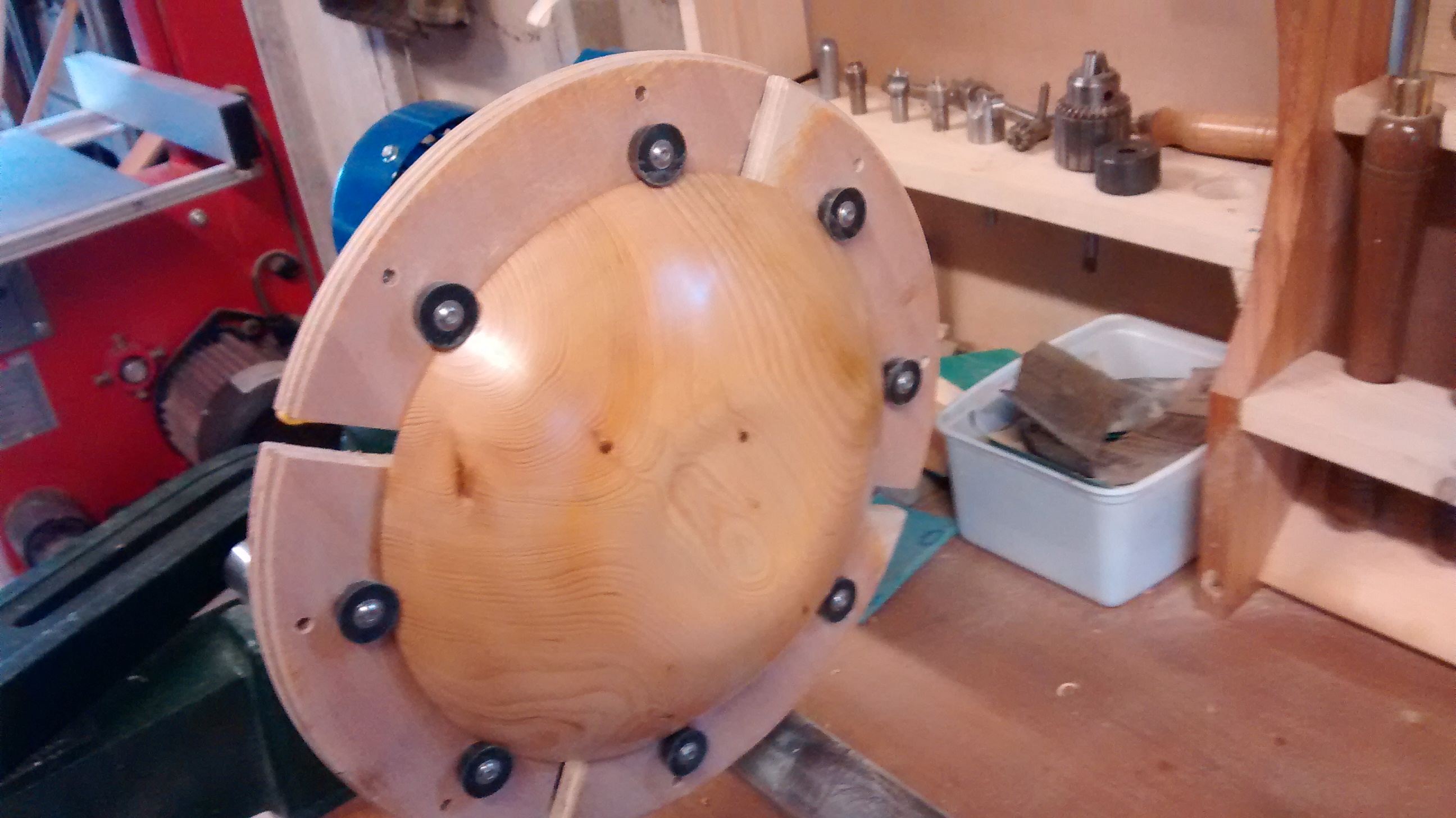CHJ
Established Member
Point noted Mark, it was in fact cross grain (walnut) and as you say most parting tools are tang handled.
However I've always kept mine sharp and having experienced binding on spindles in my early days of turning always ensure that any cuts are relieved as I go to prevent this due to heat or trapped shavings that can, or should that be will, give problems.
I have found that the diamond form parting tools with their better side relief and relatively narrow width cutting edge in relation to the shaft stiffness and tang size have not caused me problems, although the improved metal to wood contact reduction from a friction point of view does mean shavings clearance is still paramount so that they don't feed into the side 'Vee'.
Of course the slim through handle stock parting tools have no risk from tangs but are a catch risk due to their shorter handles for control and side binding if a little clearance is not worked in.
I guess like most turning hazards it's being made aware of them that is the major criteria, parting into cross grain in an open grained wood with it's dig in or interrupted cut risk and possibly combined with no attention to side clearance could be tantamount to a match for a good skew catch.
However I've always kept mine sharp and having experienced binding on spindles in my early days of turning always ensure that any cuts are relieved as I go to prevent this due to heat or trapped shavings that can, or should that be will, give problems.
I have found that the diamond form parting tools with their better side relief and relatively narrow width cutting edge in relation to the shaft stiffness and tang size have not caused me problems, although the improved metal to wood contact reduction from a friction point of view does mean shavings clearance is still paramount so that they don't feed into the side 'Vee'.
Of course the slim through handle stock parting tools have no risk from tangs but are a catch risk due to their shorter handles for control and side binding if a little clearance is not worked in.
I guess like most turning hazards it's being made aware of them that is the major criteria, parting into cross grain in an open grained wood with it's dig in or interrupted cut risk and possibly combined with no attention to side clearance could be tantamount to a match for a good skew catch.




